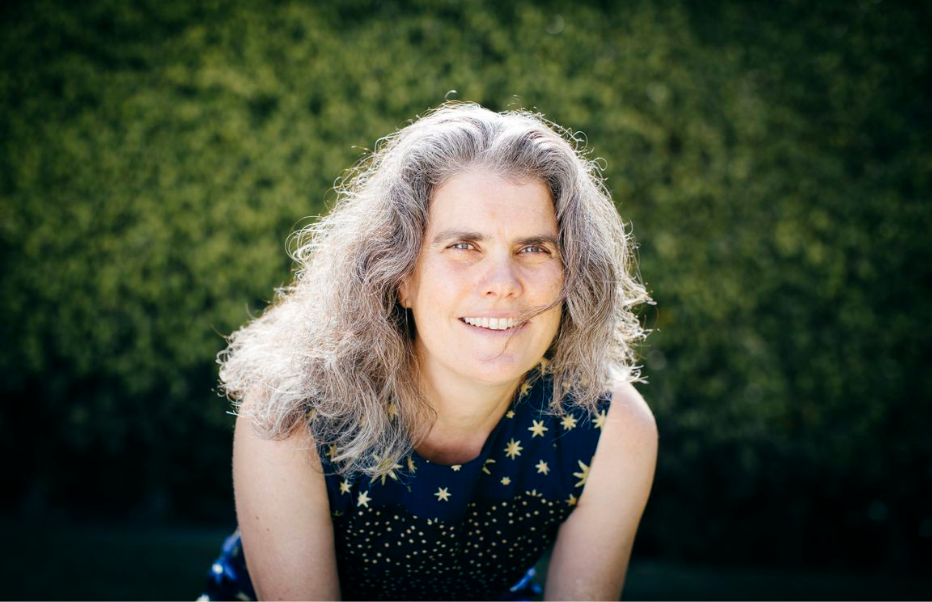Andrea Ghez wins 2020 Nobel Prize in physics for her work on black holes
Ghez is the fourth woman to win a Nobel Prize in physics, joining Marie Curie in 1903, Maria Goeppert-Mayer in 1963, and Donna Strickland in 2018.

PHOTO COURTESY: ELENA ZHUKOVA/UCLA
Andrea Ghez, UCLA’s Lauren B. Leichtman, and Arthur E. Levine Professor of Astrophysics was awarded the 2020 Nobel Prize in physics Tuesday. She is the fourth woman to win a Nobel Prize in physics, joining Marie Curie in 1903, Maria Goeppert-Mayer in 1963, and Donna Strickland in 2018.
“I’m thrilled and incredibly honoured to receive a Nobel Prize in physics,” Ghez said in a statement.
“The research the Nobel committee is honouring today is the product of a wonderful collaboration among the scientists in the UCLA Galactic Center Orbits Initiative and the University of California’s wise investment in the W.M. Keck Observatory.
“We have cutting-edge tools and a world-class research team, and that combination makes discovery tremendous fun. Our understanding of how the universe works is still so incomplete. The Nobel Prize is fabulous, but we still have a lot to learn.”
“I hope I can inspire other young women into the field. It’s a field that has so many pleasures, and if you are passionate about the science, there’s so much that can be done.”
— The Nobel Prize (@NobelPrize) October 6, 2020
– Andrea Ghez speaking at today’s press conference where her #NobelPrize in Physics was announced. pic.twitter.com/aVTa5EQqMr
She shares the prize with Reinhard Genzel of UC Berkeley and the Max Planck Institute for Extraterrestrial Physics.
The other half of the physics prize was awarded to Roger Penrose of the University of Oxford “for the discovery that black hole formation is a robust prediction of the general theory of relativity.”
Ghez and Genzel used the world’s largest telescopes to develop methods to see through the huge clouds of interstellar gas and dust to the centre of the Milky Way.
The pair refined new techniques to compensate for distortions caused by the Earth’s atmosphere.
“Their pioneering work has given us the most convincing evidence yet of a supermassive black hole at the centre of the Milky Way,” reads a press release by the Nobel committee.
“The discoveries of this year’s Laureates have broken new ground in the study of compact and supermassive objects. But these exotic objects still pose many questions that beg for answers and motivate future research,” David Haviland, chair of the Nobel Committee for Physics, says in a statement.
“Not only questions about their inner structure, but also questions about how to test our theory of gravity under the extreme conditions in the immediate vicinity of a black hole.”
Ghez studies more than 3,000 stars that orbit supermassive black holes. In July 2019 she led a study published in Science that is, to date, the most comprehensive test of Albert Einstein’s iconic general theory of relativity near the black hole at the centre of our galaxy.
While the general theory of relativity is the best description of how gravity works, Ghez said in 2019 it is “definitely showing vulnerability.”
“[A]t some point we will need to move beyond Einstein’s theory to a more comprehensive theory of gravity that explains what a black hole is,” she added.
"It amazes me every time I go to the telescope."
— The Nobel Prize (@NobelPrize) October 6, 2020
We spoke to 2020 Physics Laureate Andrea Ghez shortly after she heard the news of her #NobelPrize. She shares her motivation for becoming an astrophysicist and describes the prize as "an opportunity and a responsibility." pic.twitter.com/ef9n5zxExn
Ghez has won several awards in her nearly 30-year career, including election to the National Academy of Sciences and the American Academy of Arts and Sciences.
In 2008, she was named a MacArthur Fellow and was the first woman to receive the Royal Swedish Academy of Sciences’ Crafoord Prize in 2012. In 2019, she received an honourary degree from Oxford University and was elected as a fellow of the American Physical Society.
Ghez earned her bachelor’s degree in physics from MIT in 1987 and a Ph.D. from Caltech in 1992. She has been a member of UCLA faculty since 1994.

SUPPORT WE REP STEM AND HELP US CREATE MORE RAD CONTENT
